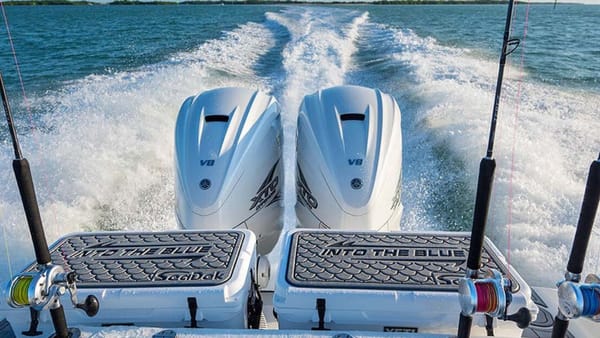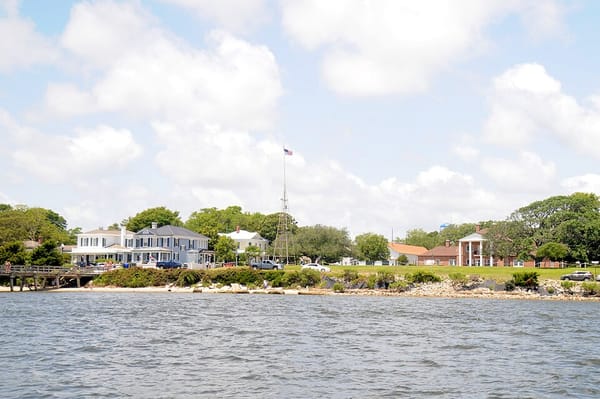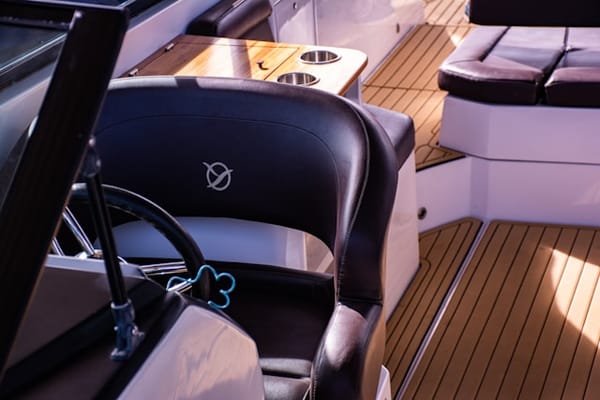Boating Safety: Tips for Boating During Lightning Storms
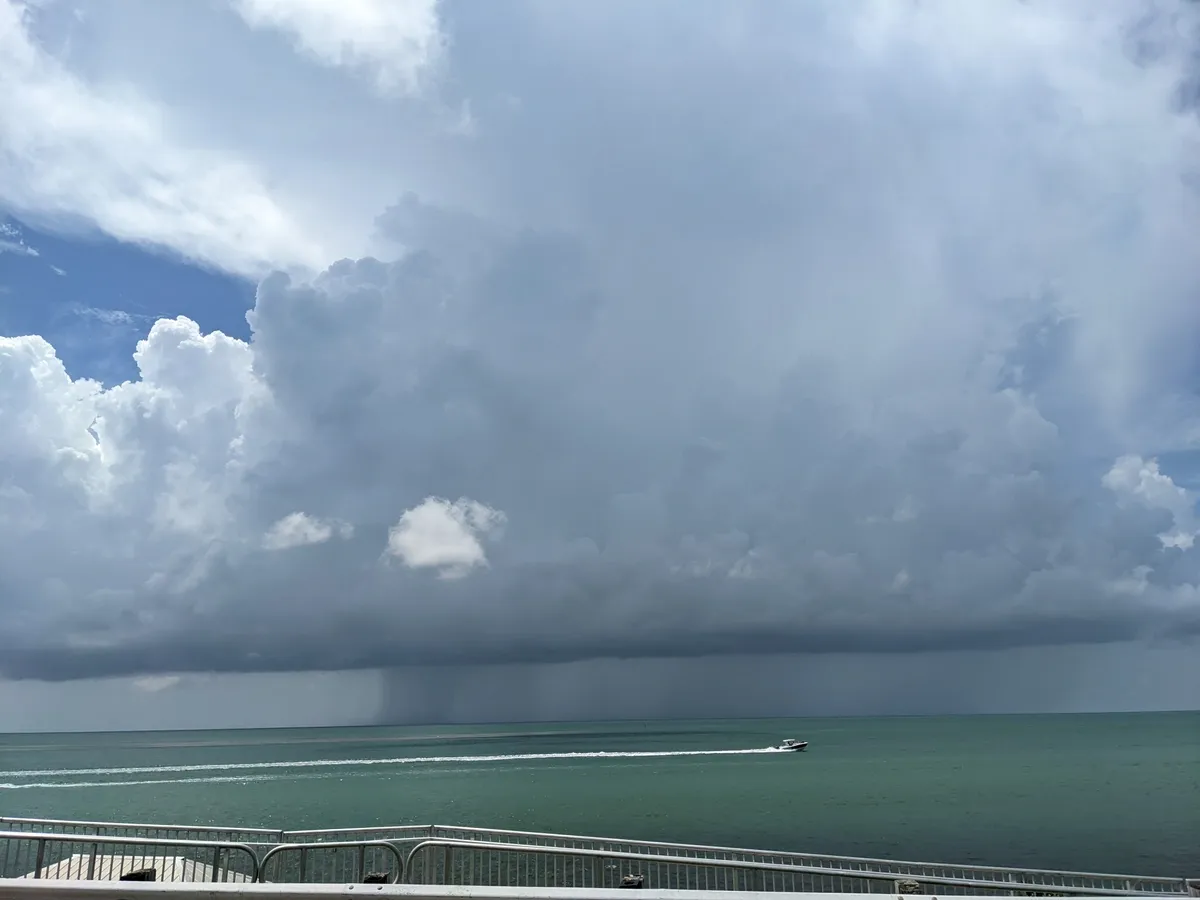
Seen on a sign: “When the thunder roars, head indoors.” Most excellent advice. Unless you happen to be out on the open water in a boat. It’s not always easy to head indoors, especially if you're boating from Florida to the Bahamas, cruising along the ICW on a Great Loop excursion or cruising to the Dry Tortugas.
Whether you’re in a sailboat, a cuddy cabin, a bass boat or a even a jet ski, unpredictable weather can turn a peaceful voyage into a dangerous journey. Lightning, in particular, poses a significant threat to boaters out on the water and away from marinas or private boat slips for rent.
Let’s explore some essential boating safety measures when navigating through stormy seas with lightning on the horizon.
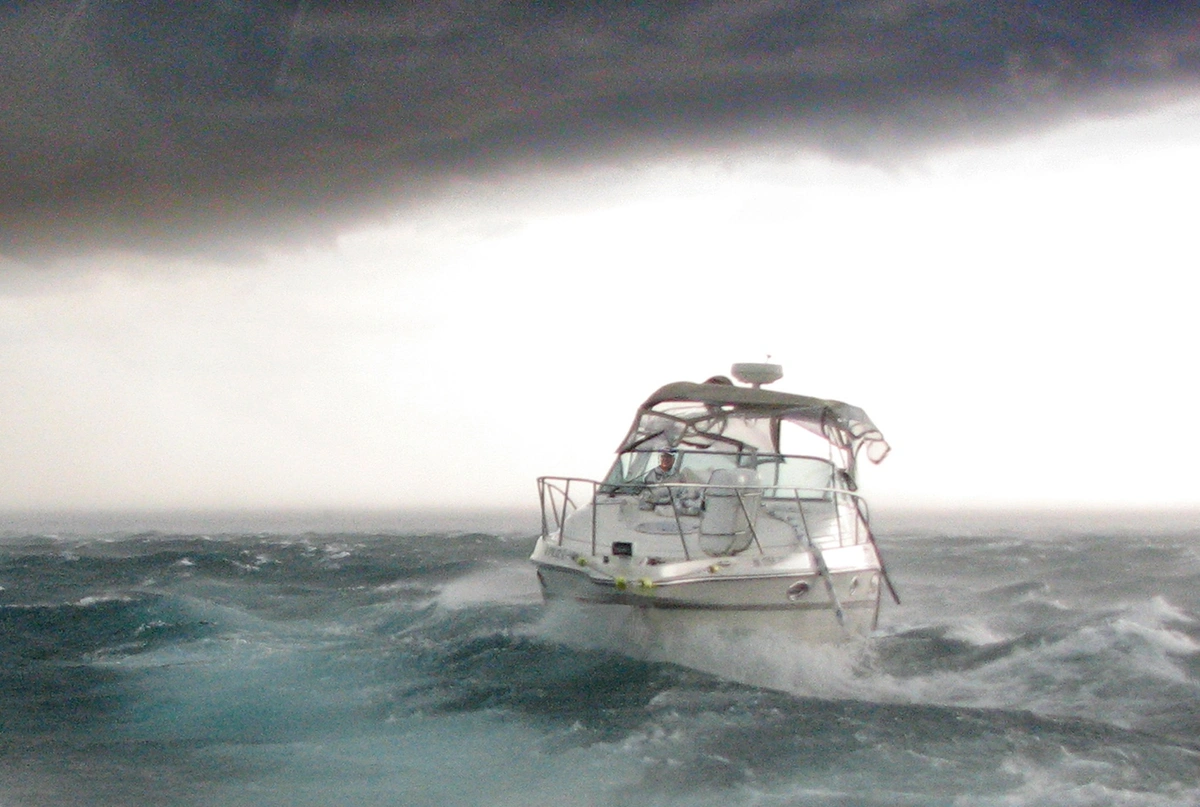
Photo: America's Boating Club/Facebook
Understanding the Lightning Threat
Lightning is a powerful natural occurrence that can strike anywhere, and the open water of rivers, lakes and oceans provides no exception. A lightning strike on a boat can lead to severe consequences, including injury, vessel damage and even loss of life. Understanding lightning dynamics is crucial for boaters to prevent accidents and injury when away from a private boat lift for rent.
Check Weather Forecasts
The first line of defense against lightning-related dangers is staying informed. Before embarking on any boating trip from a private boat dock for rent, thoroughly check weather forecasts from reliable sources. Pay close attention to storm predictions, wind speeds and the likelihood of lightning in the area. In the age of smartphones and advanced navigation systems, boaters have easy access to up-to-date weather apps and information that can help them plan their routes more safely.
Monitor Weather Changes
Weather conditions can change rapidly at sea. Sailors must remain vigilant throughout their journey. Keep an eye on the sky for dark clouds, sudden drops in temperature and other signs of an approaching storm. Modern marine radar systems and lightning detection tools can aid in monitoring real-time weather changes, providing valuable data to help boaters make informed decisions before heading out from a private boat slip rental.

Photo: Wikimedia/Tzuhsun Hsu/CC by SA 2.0
Safe Boating Practices During Lightning
When lightning is imminent, take immediate action to ensure the safety of everyone on board. Here are essential safety practices to follow during a lightning storm.
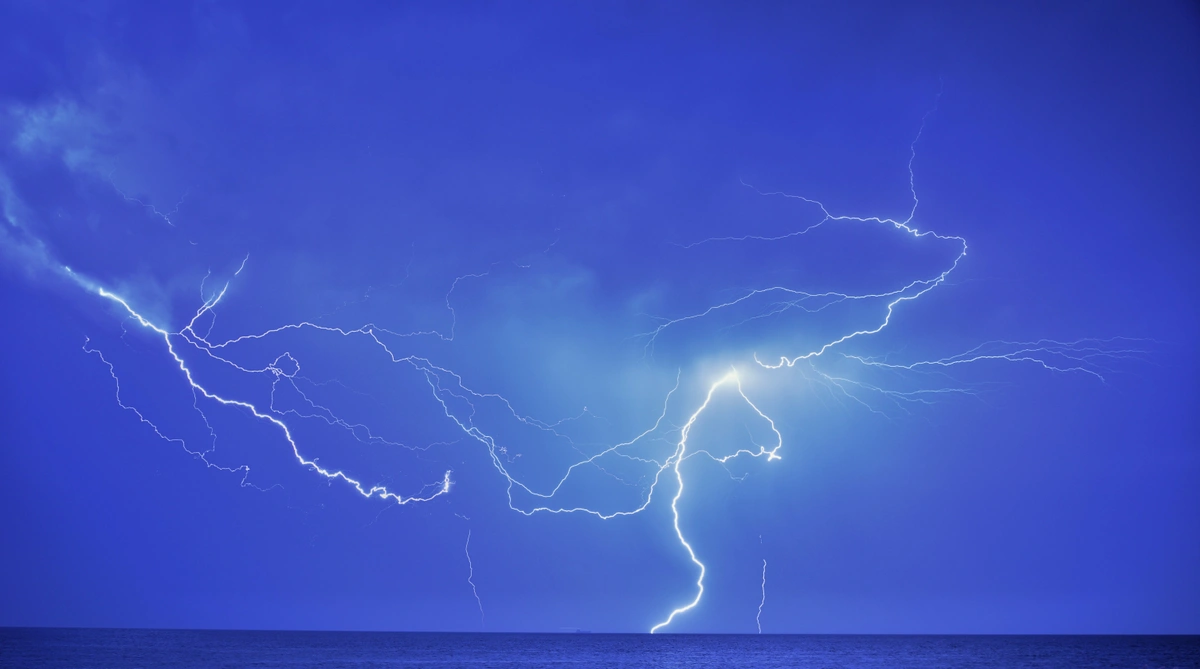
Photo: Pexels
Seek Shelter and Avoid Open Spaces
The safest place to be during a lightning storm is indoors. If possible, head to the cabin or any enclosed area on the boat that provides shelter. Avoid open spaces and steer clear of metal surfaces, as these can increase the risk of being struck by lightning.
Disconnect Electronic Equipment
Lightning can cause power surges that can cause damage to electronic equipment on board. To mitigate this risk, disconnect all non-essential electronic devices and power sources. Unplugging antennas and other conductive equipment can reduce the chances of damage caused by a lightning strike.
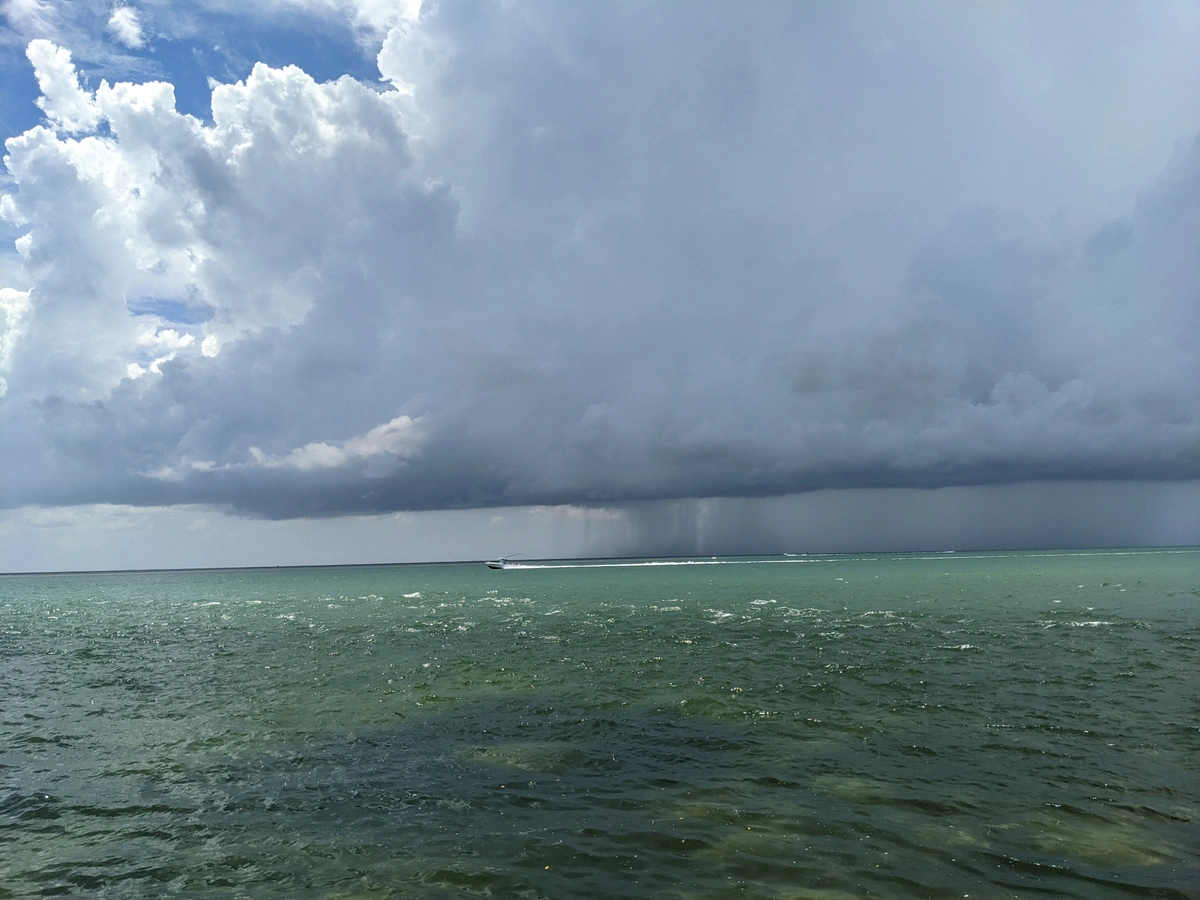
Photo: Sandy Allen
Employ the 30/30 Rule
The 30/30 rule is a widely recognized guideline for lightning safety on the water. Count the seconds between seeing a lightning flash and hearing the accompanying thunder. If the time gap is 30 seconds or less, it's time to seek shelter immediately and remain there for at least 30 minutes after the last observed lightning or thunder.
Please use these tips to stay safe on the water while you’re away from the marina or a private boat dock for rent. Happy boating!
